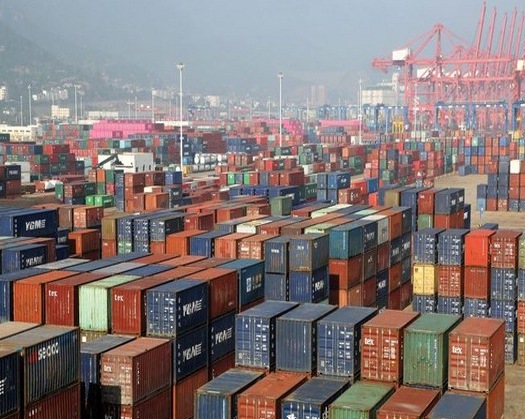New Delhi: The Organization of the Petroleum Exporting Countries (OPEC) has made a minor adjustment to its global forecast for crude oil demand in 2024, attributing the decrease to a reduction in consumption by China.
The forecast for global oil demand growth in 2024 has been slightly reduced by 135,000 barrels per day from the previous assessment, now standing at 2.1 million barrels per day. This figure is significantly higher than the historical average of 1.4 million barrels per day observed before the onset of the COVID-19 pandemic.
This revision, OPEC noted, is a reflection of the data received for the first quarter of 2024, with some data also coming from the second quarter, and a downward shift in expectations regarding China's oil demand growth for the year.
Within the various regions, it is anticipated that oil demand from OECD countries will see a modest increase of approximately 0.2 million barrels per day in 2024, whereas non-OECD oil demand is projected to rise by around 1.9 million barrels per day.
Looking ahead to 2025, the global demand for oil is expected to experience a slight decrease of 65 thousand barrels per day, settling at approximately 1.8 million barrels per day. It is projected that OECD demand will expand by about 0.1 million barrels per day in 2025, with the OECD Americas region expected to contribute the largest increase.
Non-OECD demand is poised to play a significant role in driving growth next year, with an anticipated increase of about 1.7 million barrels per day, led by contributions from China, the Middle East, Other Asia, and India.
Between the months of January and April, there was a notable rally in oil futures prices, with contracts for ICE Brent and NYMEX WTI front-month contracts increasing by $9.85 and $10.53, or 12.4 percent and 14.3 percent, respectively.
This rally was attributed to robust physical crude market fundamentals, alongside a reduction in speculative selling, lower risk premiums, and several unplanned supply disruptions, as detailed in OPEC's report.
Furthermore, the report highlighted that resilient global economic growth and positive economic indicators from the United States and India bolstered market sentiment. However, it also noted that uncertainties related to China's economic outlook and the United States Federal Reserve's monetary policy, along with a strengthening US dollar, somewhat dampened the upward momentum of oil prices.
Between May and July, there was a notable decline in oil prices, primarily driven by sentiment driven by speculative selloffs, a reduction in geopolitical risk premiums, and mixed economic indicators.
Market sentiment was further impacted by uncertainties surrounding central bank monetary policies, particularly the prospects for extended periods of high interest rates in the United States as a strategy to address ongoing inflation.
Additionally, concerns regarding China's economic performance and demand growth, coupled with a delayed start to the driving season, contributed to the downward pressure on oil prices, OPEC stated.









